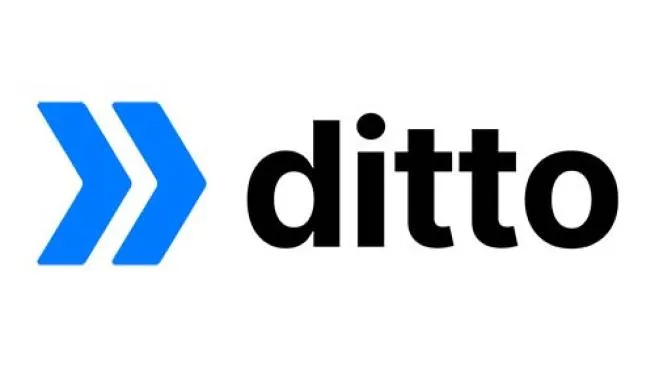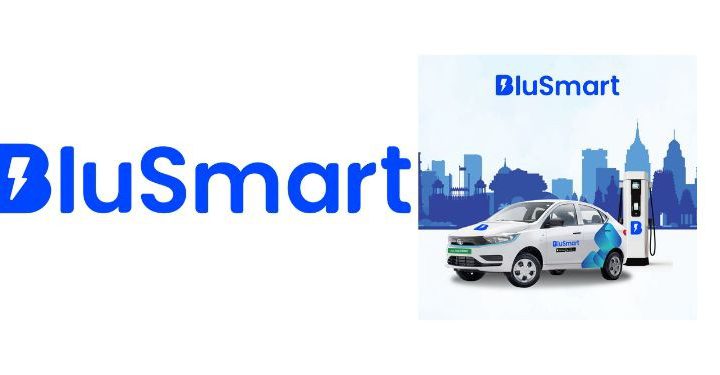What are the types of ambient media?
3 min read
Types of Ambient Media
Ambient media encompasses a variety of unconventional advertising formats that creatively integrate with everyday environments to engage audiences in unexpected ways. Here are several types of ambient media commonly used in advertising campaigns:
1. Ambient Digital Screens
- Description: Digital screens strategically placed in unconventional locations such as shopping malls, airports, and transit hubs.
- Features: Display dynamic content, including videos, animations, and interactive elements.
- Benefits: Captures attention with vibrant visuals and allows real-time updates for tailored messaging.
2. Ambient Interactive Installations
- Description: Installations that encourage audience participation and interaction.
- Features: Often include touchscreens, motion sensors, or augmented reality (AR) to engage users.
- Benefits: Enhances brand interaction and provides memorable experiences that strengthen brand recall.
3. Ambient Projection Mapping
- Description: Projection of digital images or videos onto buildings, structures, or other surfaces.
- Features: Creates immersive experiences by transforming ordinary surfaces into dynamic displays.
- Benefits: Grabs attention with large-scale visuals and can tell compelling stories or showcase products.
4. Ambient Street Art Integration
- Description: Incorporation of advertising messages into existing urban art or graffiti.
- Features: Blends ads with artistic surroundings to create visually appealing and contextually relevant campaigns.
- Benefits: Integrates seamlessly into the urban landscape, attracting attention without disrupting the environment.
5. Ambient Guerrilla Marketing
- Description: Unconventional marketing stunts or installations in public spaces.
- Features: Often surprise and delight audiences with unexpected and memorable experiences.
- Benefits: Generates buzz, social media engagement, and word-of-mouth publicity.
6. Ambient In-Store Advertising
- Description: Creative advertising placements within retail environments.
- Features: Includes floor graphics, ceiling danglers, and product displays that blend seamlessly with store layouts.
- Benefits: Targets shoppers directly in the point-of-purchase environment, influencing purchasing decisions.
7. Ambient Vehicle Advertising
- Description: Ads placed on vehicles such as taxis, buses, or delivery trucks.
- Features: Mobile advertising that reaches diverse audiences across urban and suburban areas.
- Benefits: Provides high visibility and exposure while vehicles are in transit, maximizing brand awareness.
8. Ambient Sensory Branding
- Description: Utilization of senses like smell, sound, or touch to create memorable brand experiences.
- Features: Includes scented ads, ambient soundscapes, or tactile elements that evoke emotional responses.
- Benefits: Enhances brand recall and emotional connection with consumers through sensory stimuli.
Conclusion
Ambient media offers limitless creativity and flexibility in reaching and engaging target audiences in unconventional ways. By integrating these types of ambient media into advertising strategies, brands can effectively capture attention, foster engagement, and create memorable brand experiences.
Why Choose MyHoardings for Ambient Media Advertising?
MyHoardings specializes in leveraging ambient media to help brands create impactful and innovative advertising campaigns. Contact us to explore how ambient media can elevate your brand’s visibility and engagement.

This overview provides a comprehensive look at various types of ambient media used in advertising, highlighting their unique features, benefits, and applications in engaging audiences through creative and unconventional means.
Types of Ambient Media
|













